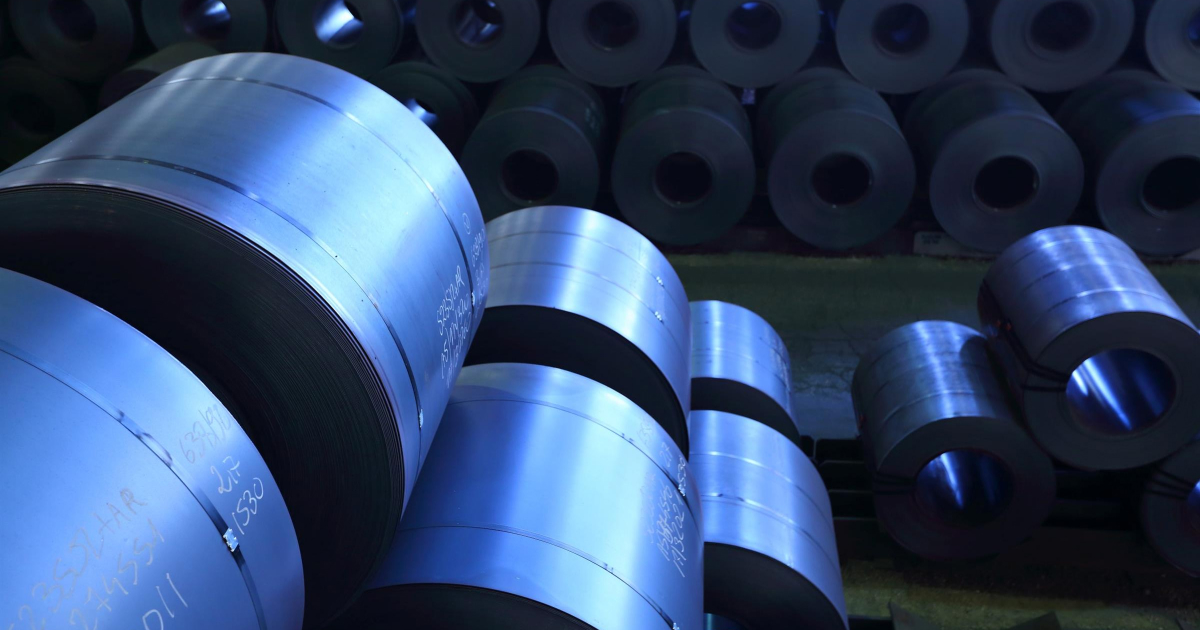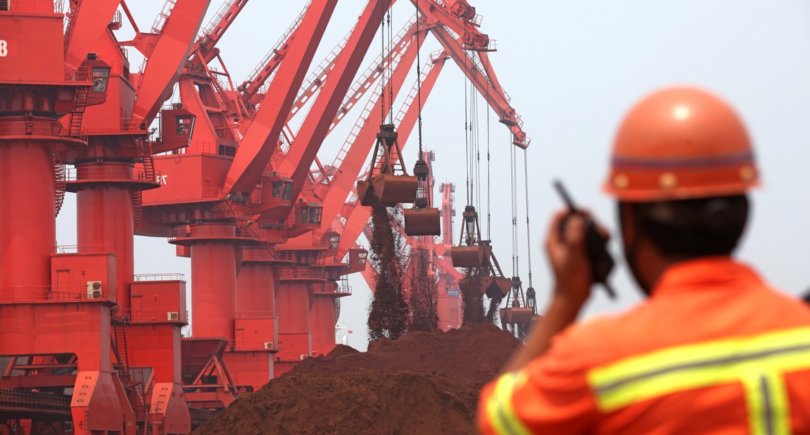
News Global Market steel demand 2539 14 June 2023
The growth of consumption will be ensured by the automotive and machine-building sectors
The demand for steel in the European Union will grow by only 0.3% in 2023 amid a decrease in activity in the construction sector. This is stated by Alessandro Schiamarelli, Director of Economic and Market Research of the European Steel Association EUROFER, reports SteelMint.
In 2024, according to the association’s forecasts, the demand for steel in the EU will recover by 1.3% y/y. At the same time, in 2022, the indicator increased by 3.1% y/y.
Among the main factors that will affect steel demand in the EU during the current year are a weak construction sector, a moderate recovery in the automotive industry and macroeconomic factors.
The construction industry, which accounts for 35% of total steel demand in the EU, is showing a slow recovery trend this year. Steel use in construction is expected to decline by the end of the year due to lower investment in civil and infrastructure projects due to tighter monetary policy and higher interest rates.
In the automotive sector, steel consumption grew by 3.3% annually during 2021-2022, but is expected to slow to 1.2% in 2023 due to changes in steel supply and demand in the market. In 2024, demand for steel from the automotive sector is expected to fall by 1.8% y/y.
Among the macroeconomic factors that affect the demand for steel in the EU, the reduction of industrial production, inflation, and energy prices stand out.
In May, industrial production in the EU shrank sharply, falling at the fastest pace in the last 6 months. At the same time, activity in the services sector continues to grow, while industrial production has fallen to its lowest level since November 2022 due to a rapid reduction in order books. Eurozone GDP is therefore expected to be positive in the second quarter of 2023, mainly due to the services sector.
Inflation in the EU rose sharply to its highest level since 1985 in the second half of 2022 amid of rising energy prices. Since then, the indicator has weakened, falling to 8.3% in April 2023. Inflation is expected to moderate in the coming months, but will remain at historically high levels throughout the year.
«Despite the biggest energy shock in history, the EU did not experience an economic recession in 2022 and inflation did not reach 20%. Energy supply in the EU seems secure at the moment, so a slight recovery in steel demand is expected in 2023,» the report said.
As GMK Center reported earlier, according to the latest EUROFER forecasts visible steel consumption in the EU in 2023 will fall by 1% (the previous February forecast was about a 1.6% drop), and in 2024 it will grow by 5.4%, however, subject to positive changes in the industry and the recovery of demand for steel.
Also, the world demand for steel in 2023 will grow by 2.3% compared to 2022 – up to 1.822 billion tons. This estimate was given by the World Steel Association of steel producers in its short-term forecast. In 2024, according to the association’s expectations, global demand for steel will increase by 1.7% y/y – up to 1.854 billion tons.




